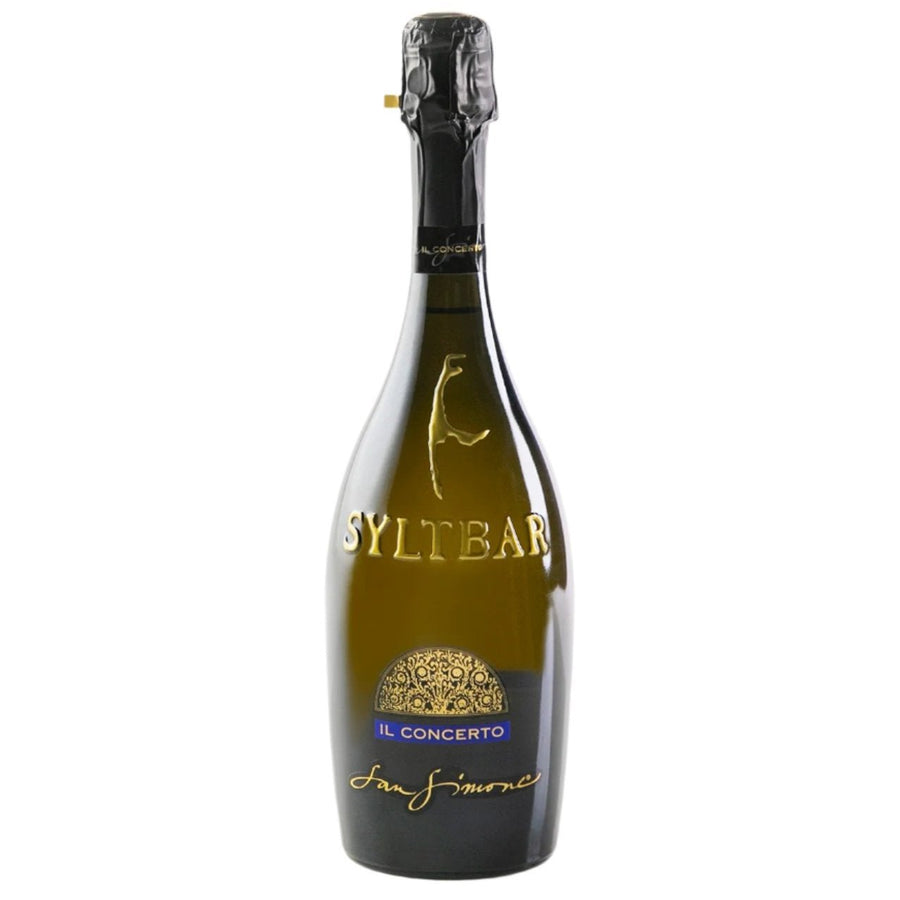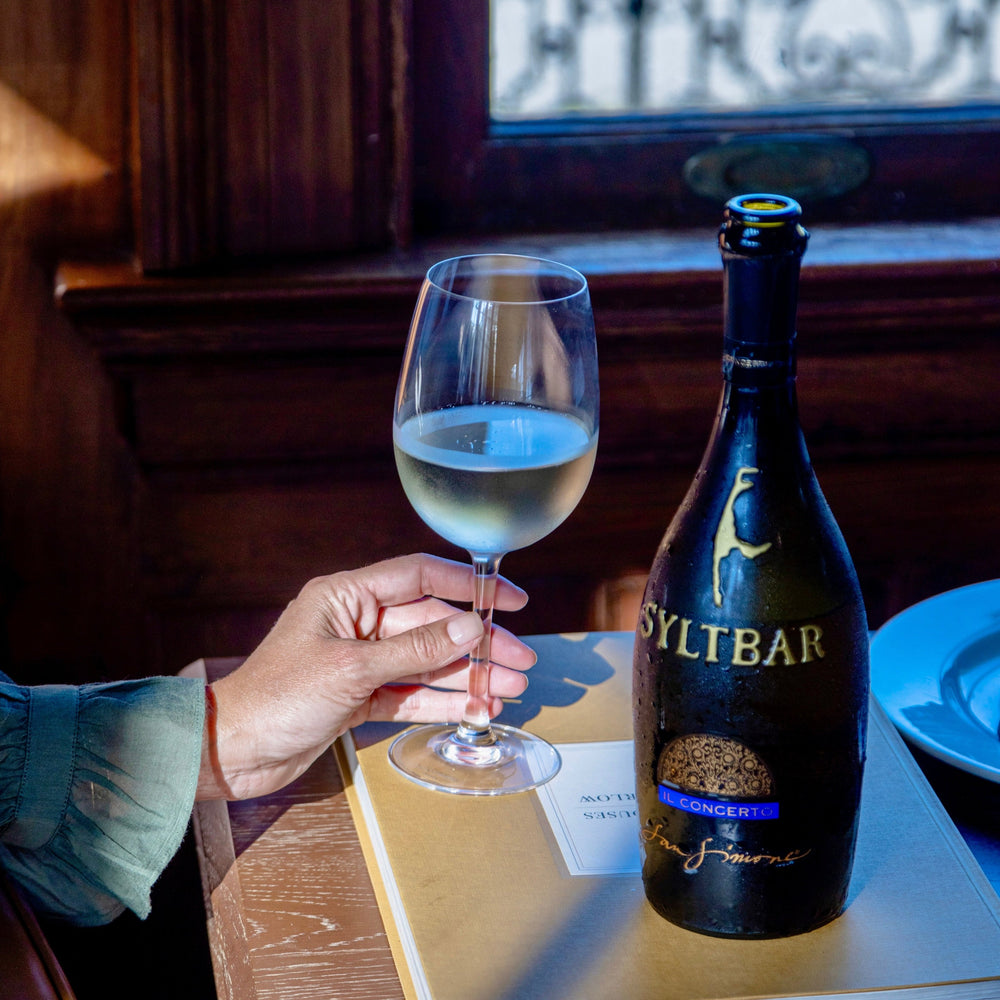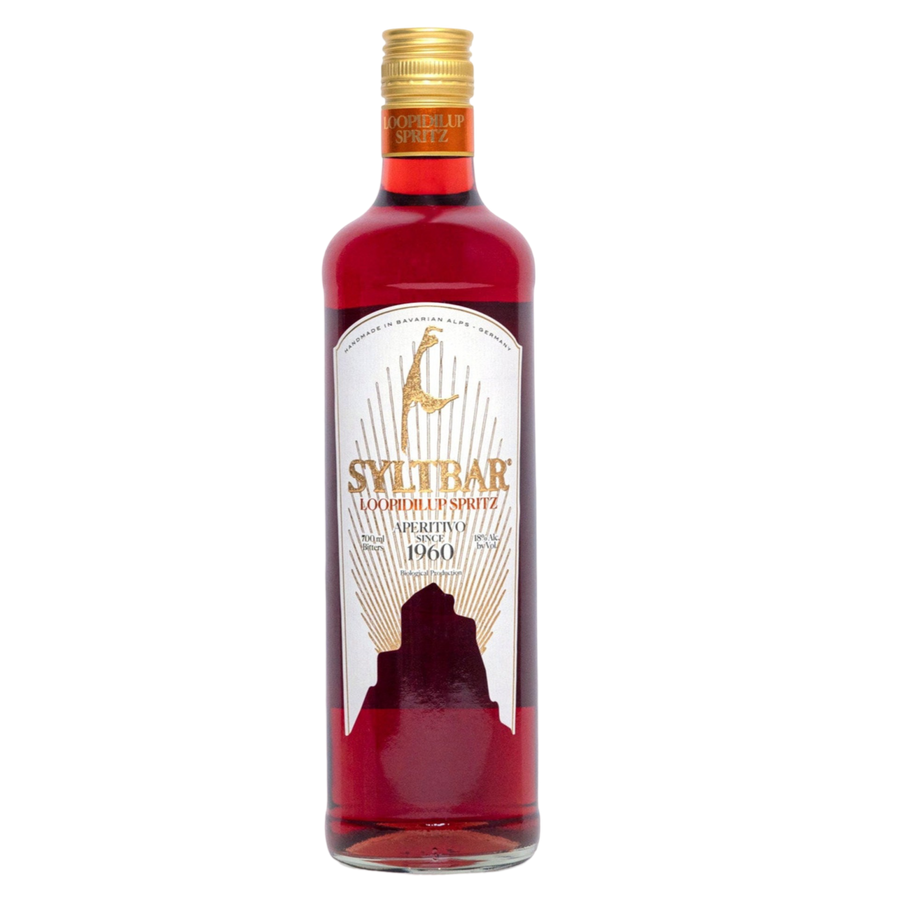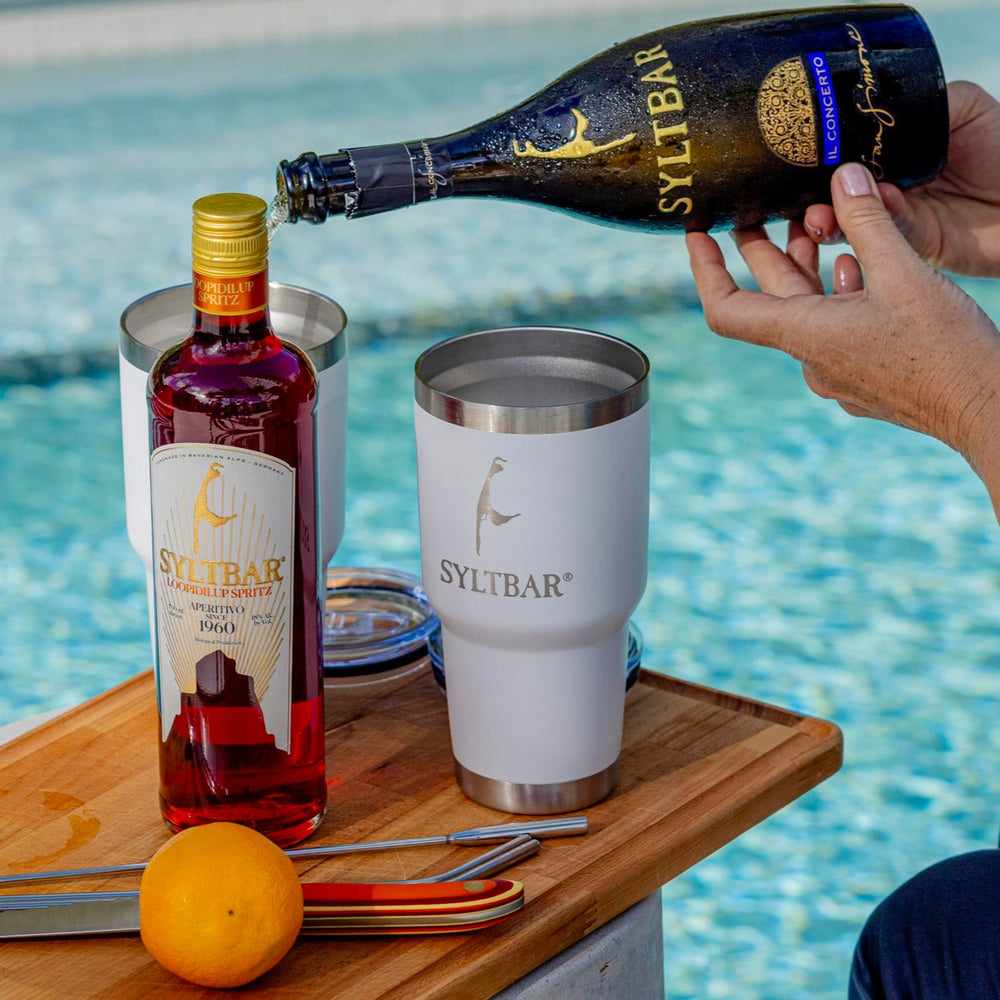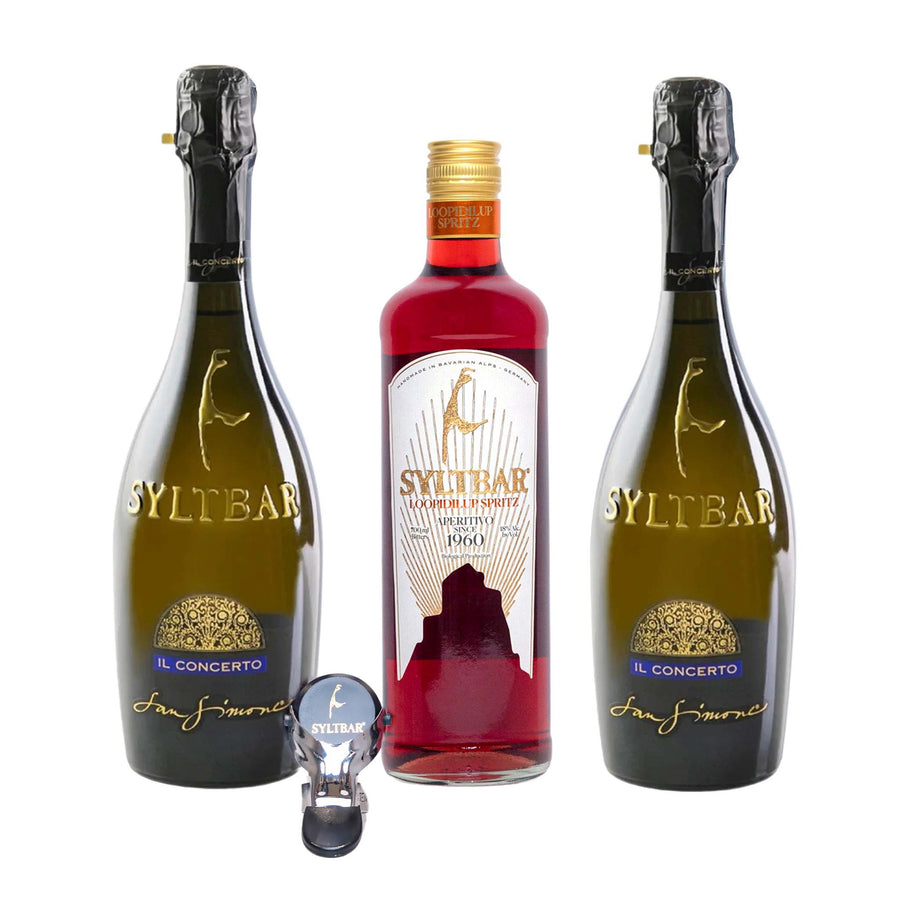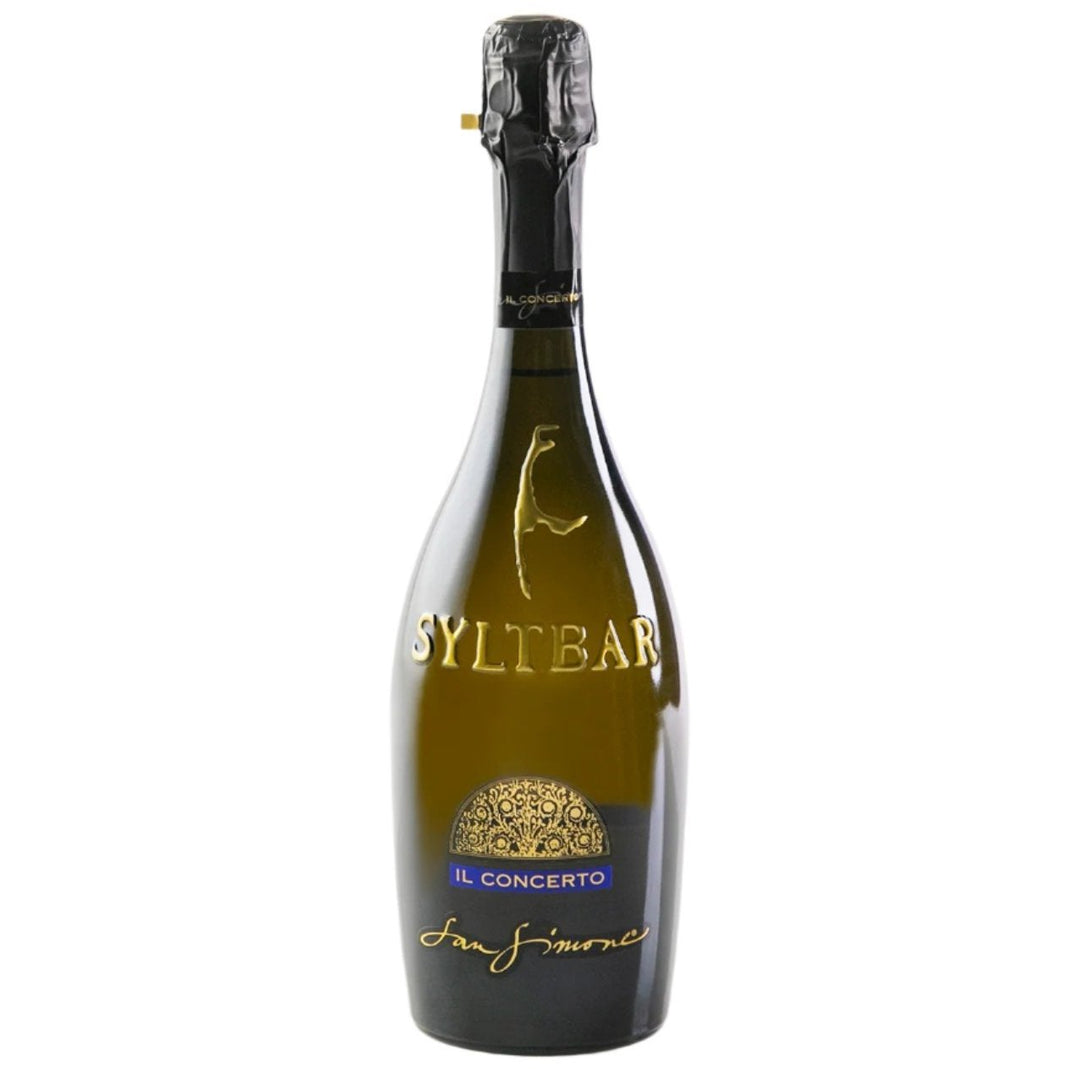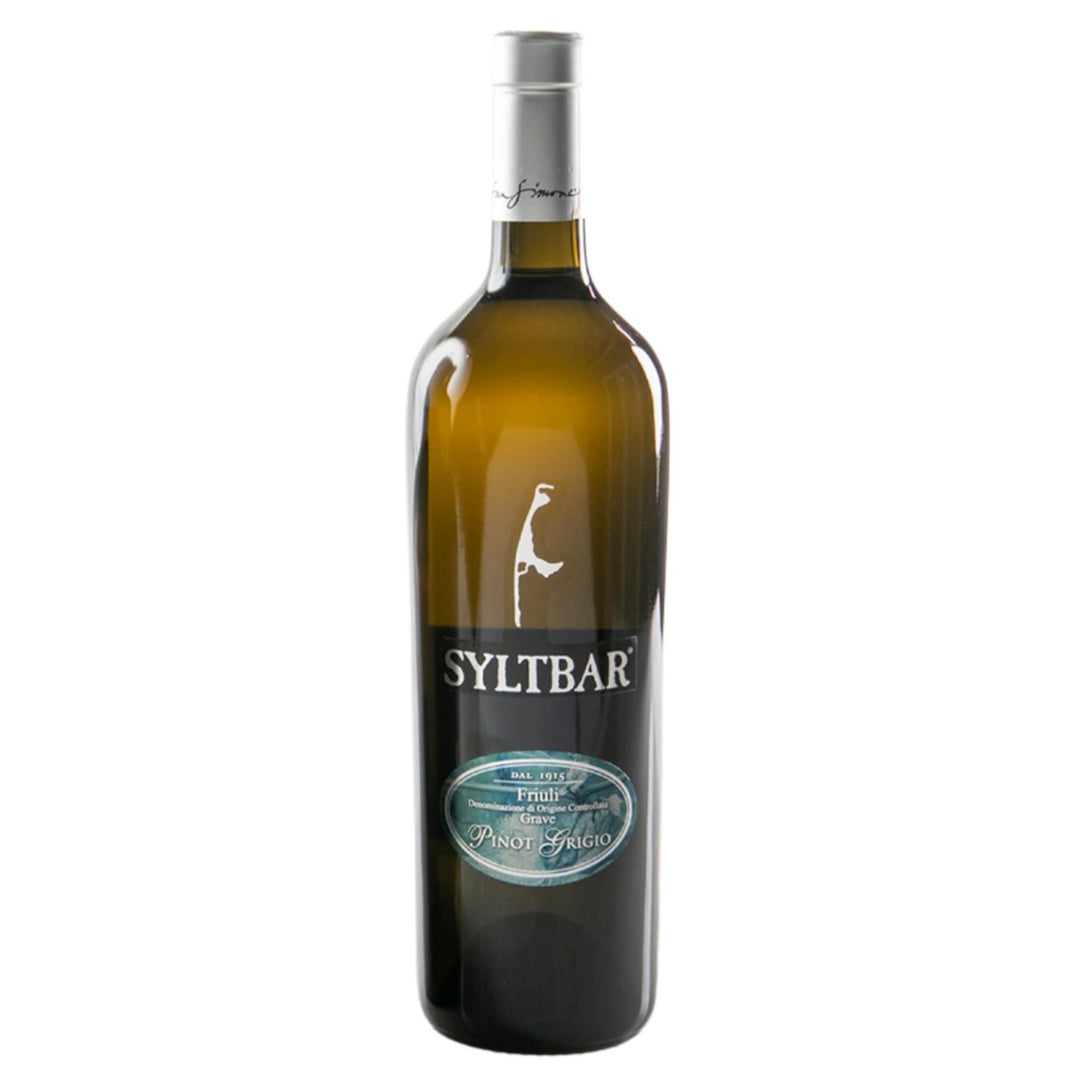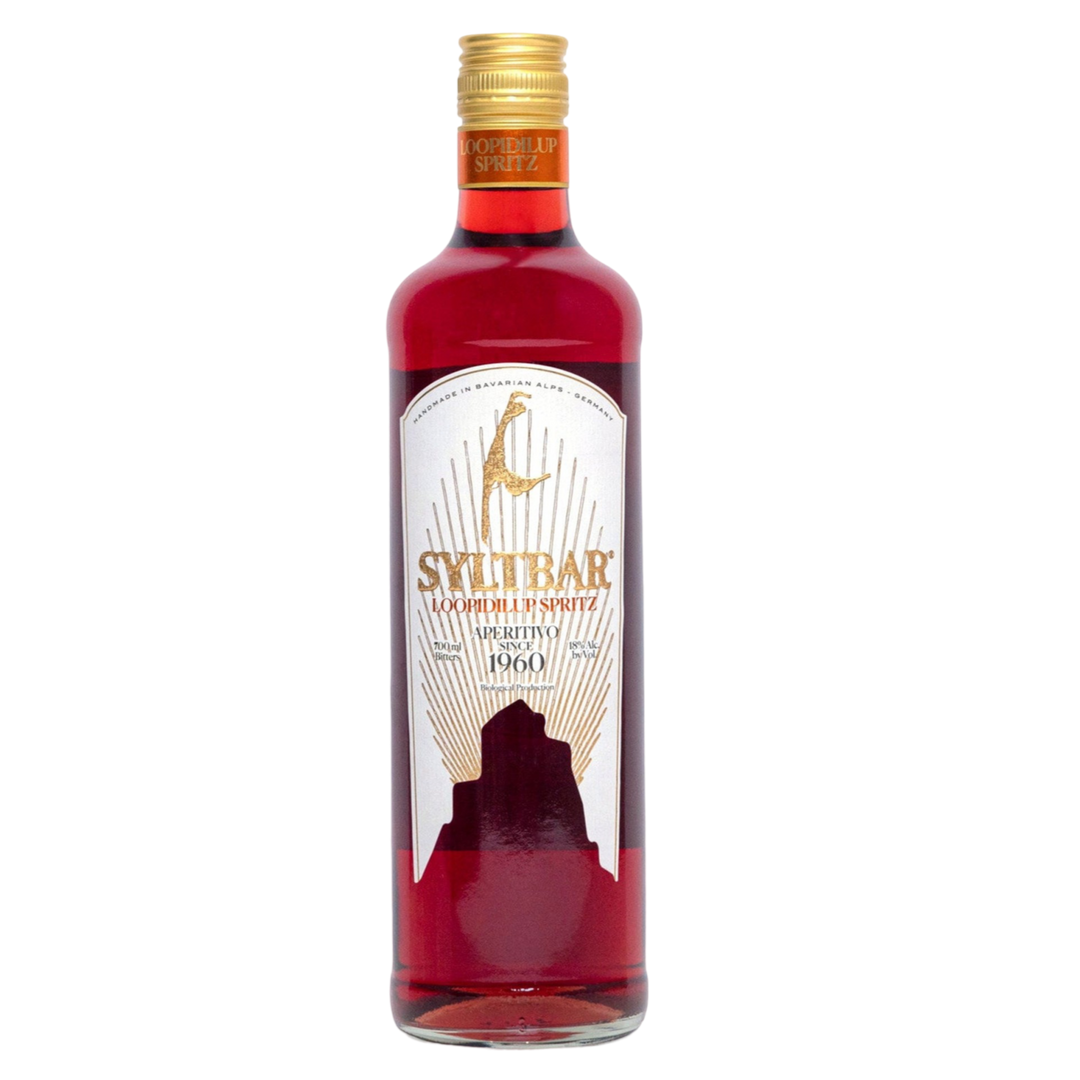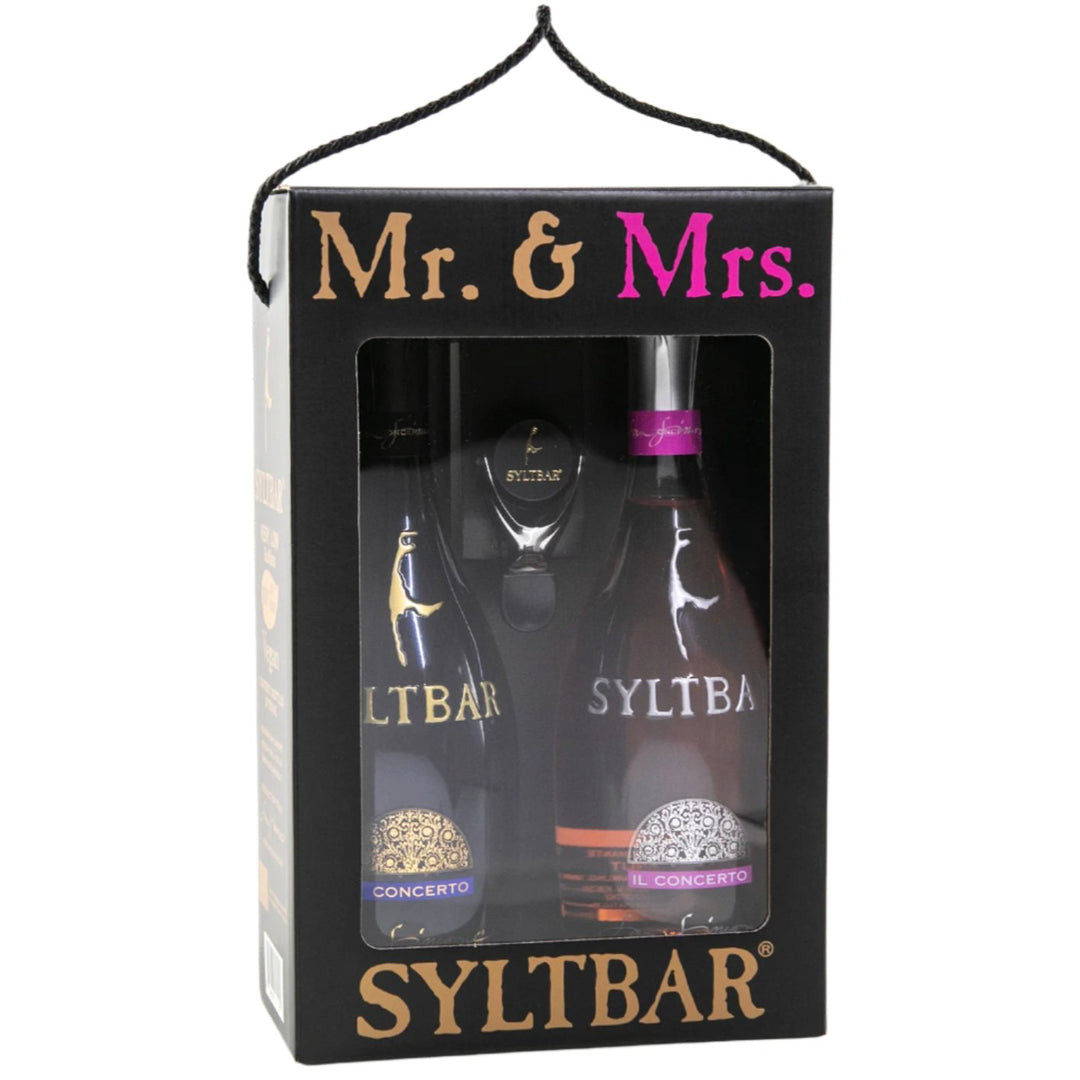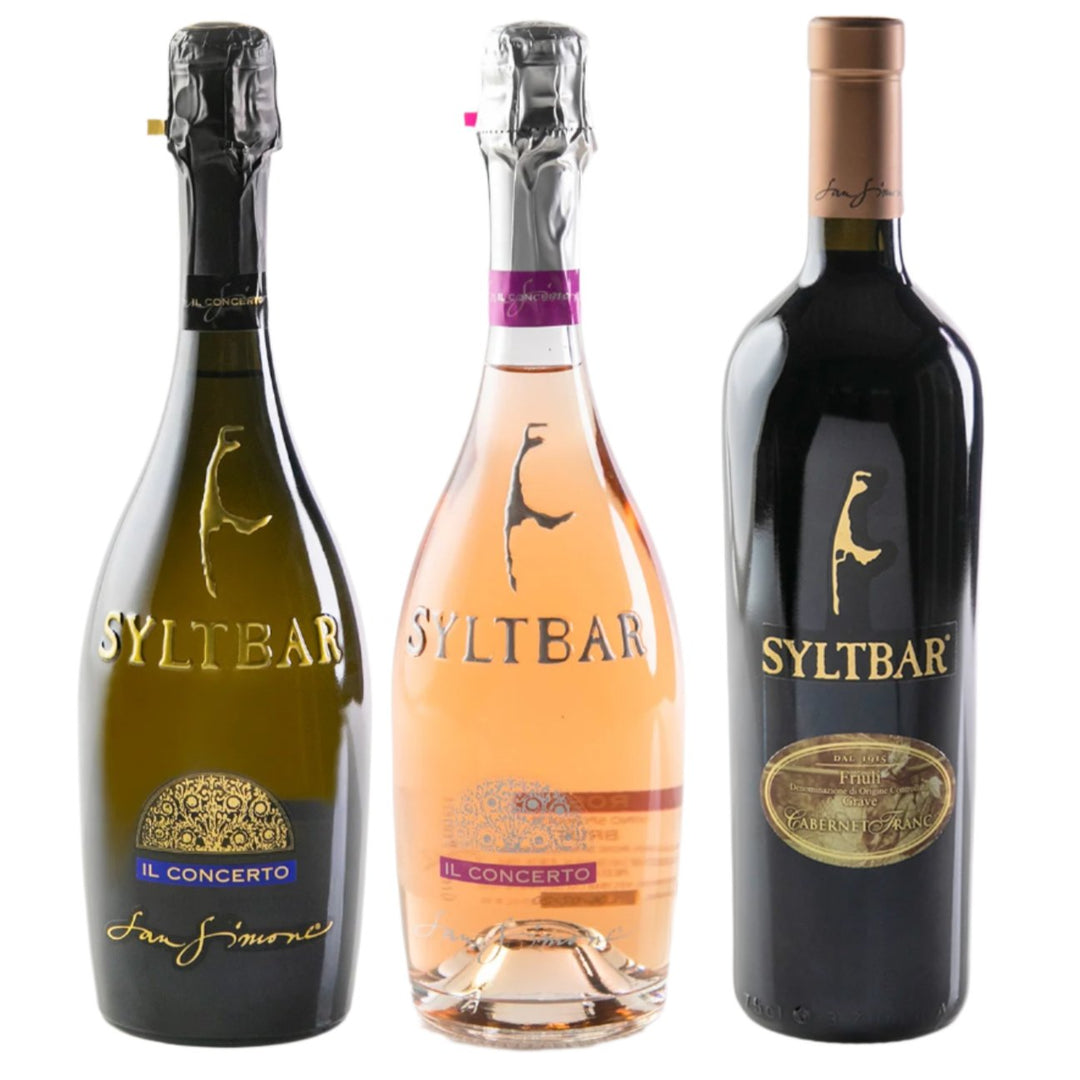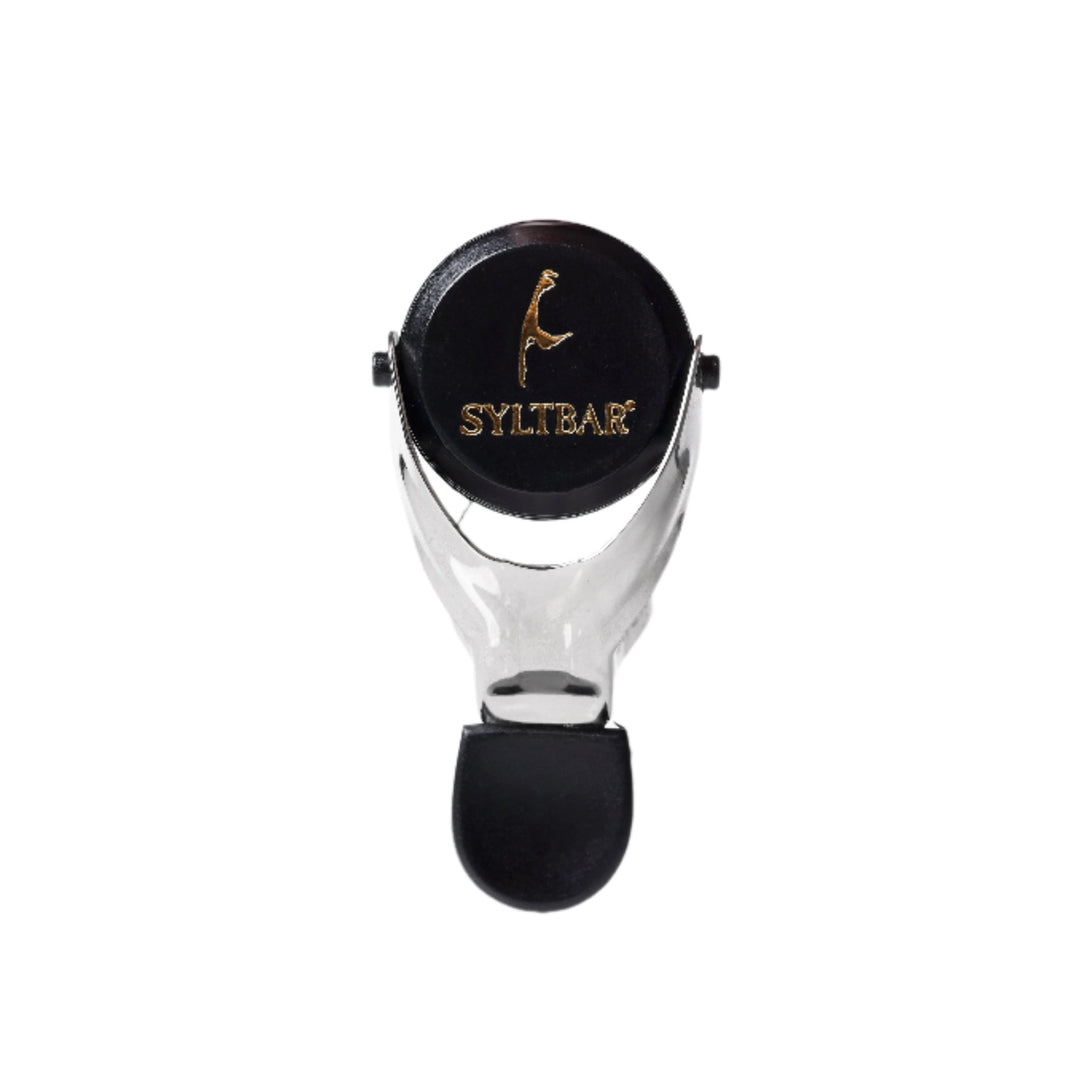Celebrating Special Occasions with Prosecco & Champagne
Prosecco versus Champagne… Sparkling wine is an ideal celebratory drink for weddings, celebrations with friends, dancing all night, cooling down in summer, or warming up in winter… In other words, to enjoy unforgettable moments of joy with those you love!
Yes, these bubbly beverages share a similar sparkly effervescence, but there are many differences to note about these two types of sparkling wines.
The 7 differences between prosecco and champagne
The Italian one and the French one are both unique and special in their own way, and one should never mistake one for the other. This detailed guide reveals the 7 main differences between the two: history; wine region; grape varieties; winemaking; alcohol content; aromas and notes; food-wine pairings
The history of champagne and prosecco
- Prosecco is from Italy as Champagne is from France. In order for a good sparkling wine to be legally referred to as a Champagne, it must be produced in the Champagne region of France. The first prosecco wine, produced using the Charmat method, was documented around 1868. Prosecco originates in Northern Italy, in the Veneto region, as well as in Friuli, which is where Mr SYLTBAR Premium Prosecco is produced at the San Simone Winery.
- However, the Prosecco label is not as exclusive as Champagne. Prosecco can be produced in other regions of the world outside of Italy — its main requirement is not where its produced, but what it is produced with. Italian law states that in order to be a real Prosecco, it must contain at least 85% Glera grape. The Glera grape, referred to as the Prosecco until 2009, is one of Italy’s most important grape varieties, ranked 13th out of about 2,000 different kinds of grapes found in the country. Mr SYLTBAR Premium Prosecco is made with 100% Glera grape.
- Unlike Prosecco, Champagne does not have a strict grape percentage requirement. It can be made from any combination of Chardonnay, Pinot Noir and Pinot Meunier grapes, whether all blended together or on their own, but again, it must be produced in Champagne, France in order to be considered a true Champagne.
The vineyards of Veneto and Champagne
Prosecco comes from a wine-growing area in north-east Italy, between Veneto and Friuli-Venezia Giulia, in the Conegliano Valdobbiadene area, as well as Treviso, Venice, Padua, Udine, Vincenza, Gorizia, Belluno, Trieste and Pordenone.
Champagne is exclusively produced in the region it was named after. This world-renowned sparkling wine boasts both an Appellation d’Origine Contrôlée (AOC) and an Appellation d’Origine Protégée (AOP). The wine region is located in northern France, primarily between Reims and Epernay, with its cool climate and chalky limestone soil.

Grape varieties
SYLTBAR Premium Prosecco is crafted exclusively from the Glera grape variety (100%), ensuring a superior quality product. Glera serves as the predominant grape varietal in premium prosecco, comprising up to 99% of the blend. Proseccos with less than 99% Glera content may not meet the high standards associated with our product. In contrast, Champagne is derived from a blend of grape varieties such as Chardonnay, Pinot Noir, and Pinot Meunier.
The vinification method used to make champagne and prosecco differs greatly, especially at the second fermentation stage when the two sparkling wines acquire bubbles.
Winemaking: are prosecco and champagne made the same way?
Champagne uses what is known as the Méthode Champenoise (Traditional Method), where the secondary fermentation takes place in the actual Champagne bottle. After its first fermentation, the Champagne is still, meaning there are no bubbles...yet.
Yeast and sugar are then added to the bottle, which creates the carbonation. The bottles are placed in a rack, tipped so the neck faces down, which allows the dead yeast cells to pool together in the neck of the bottle so they can be released. After the dead yeast cells are released, the bottle is sealed shut and now can age. French law requires the Champagne to age for at least 15 months if it is non-vintage, and at least 3 years for vintage.
Prosecco typically uses the Charmat-Martinotti method, or the tank method, for its production. This means that the second fermentation happens in large stainless steel tanks instead of in the bottle. Yeast and sugar are added to the wine and the tank is sealed shut so none of the CO2 is lost, keeping the wine nice and bubbly. Prosecco is best enjoyed while still young, so there is not much of an aging process like there is with Champagne.
Not only does the method of production affect the flavors and aromas of the sparkling wines, but it also affects the bubbles. Less pressure equals light, effervescent, well-balanced bubbles that dance like little ballerinas — that describes the bubbles seen in Mr SYLTBAR perfectly! Since Prosecco is produced under less pressure while in these huge tanks, the bubbles are much lighter.
Champagne undergoes enormous amounts of pressure because it’s being produced in small, individual bottles. Large pressure equals fine, sharp bubbles.
Next time you open a bottle of Prosecco, pay close attention to the bubbles that appear as you pour your first glass. Then do the same with a bottle of Champagne. You will see the difference! After being educated about all of the contrasts between Prosecco and Champagne, we hope that you will be able to taste the difference as well.

Champagne and prosecco alcohol content
There is also a difference in alcohol content between Champagne and Prosecco. Champagne is the heavier of the two, usually at 12% or 13% ABV, which also means it has more sugar and calories. Prosecco is much lighter, and usually around 11% ABV. Mr SYLTBAR is 11.5% because of the double fermentation process, but still has much less sugar than other Prosecco varieties.
Champagne and prosecco aromas and notes
The difference in production method has a large effect on how these sparkling wines taste. Since champagne has more contact with the yeast, it has a yeastier flavor profile, i.e., toast, bread, brioche, etc., and usually also embodies some citrus and almond as well. This also means that champagne is typically more dry. Since the Champagne region of France where the grapes are grown is cooler, there is higher acidity. All of these tasting notes lean toward food recommendations such as shellfish and raw bar items, pickled vegetables and fried foods, meant to cut the acidity.
Prosecco is much more crisp and refreshing, with influences of pear, melon, honeysuckle and a bit of floral. Mr SYLTBAR’s flavor profile includes pear, golden apple, white peach and lemon.
Food and wine pairings
Cheese, just like chocolate and wine, goes through a very detailed and specific production process. There are so many different kinds of cheeses. Some come solely from cow’s milk, some from goat’s or sheep’s, and some are a combination of any of these three milk-producing animals. Some are creamy and decadent, while others are dense and pungent. Some are hard, some are soft, and some meet somewhere in the middle. The flavors, aromas, and textures all vary depending on the way it’s made and where it comes from. In this way, cheese has a lot in common with wine, so it’s no surprise that it is such a common pairing that is loved by so many.
We love a good cheese platter paired with Prosecco or Champagne, as do most people! It’s the perfect snack, and the best to serve at parties or for pre-dinner appetizers.
Here are our highly recommended varieties of cheese:
Diablo: Raw cow's milk, salt, bacterial cultures, rennet.
Mahon: Pasteurized cow's milk, rennet, salt, lysozyme (preservative), sorbic acid, calcium sorbate, natamycin, yellow iron oxide (colorant), egg wash.
Pecorino di Filiano: Sheep's milk, rennet, salt, olive oil.
Petit Pont-l'Évêque: Pasteurized cow's milk, salt, rennet, brine, ferments.
Petit Gres d'Alsace: Pasteurized cow's milk, salt, rennet, cheese cultures, Champagne.
Robiola Cavina: Cow's milk, goat's milk, salt, rennet.

Of course cheese is wonderful served with all kinds of wine, we especially love enjoying it with a glass or two of Mr SYLTBAR Premium Prosecco. Selecting the right cheese for your favorite bottles of bubbly is an art. You want to make sure the cheese marries well with the effervescence of your Prosecco or Champagne, and doesn’t overwhelm its delicate flavors and aromas.
Mr. SYLTBAR Premium Prosecco complements prosciutto or Parma ham exceptionally well, especially when accompanied by Grissini. The combination of Parma ham wrapped around Grissini is particularly delightful. Additionally, we recommend pairing our prosecco with Pata Negra Brand Iberico, renowned for its exceptional quality. Alternatively, you can serve seafood, which will also be very tasty. Shrimp, salmon, lobster, and fresh mussels are highly recommended Mrs. SYLTBAR, our Sparkling Rose, should be served with Italian bread, accompanied by olive oil and balsamic vinegar for dipping. The finest Italian bread options include Ciabatta or Piadina Romagnola, as well as Focaccia. For an exceptional balsamic experience, we recommend the authentic aged variety from Fondo Montebello in Modena. Its thickness, devoid of added sugars, makes it perfect for pairing with cheese. And don't forget about olives, such a detail can significantly enhance your impression of SYLTBAR prosecco. We kindly request only fresh olives, with a preference for Elia Kalamatas from Greece, noted for their rich aubergine hue. Additionally, Prasines Elies Chalkidikis, another excellent Greek variety, offers a delightful combination of green and red olives.
If you're pressed for time but yearn for a novel culinary experience, consider indulging in olives, unsweetened crispy crackers, flatbread (preferably purchased from Trader Joe's), and anchovies. The top-tier crackers for cheese pairing include Baked Stacy's Pita Thins, Savory Thin Crackers, and Lesley Stowe crackers. You'll be pleasantly surprised by their delightful and sophisticated flavors.
As we conclude our exploration of the delightful distinctions between Prosecco and Champagne, let's raise a glass to the joy they both bring. Whether it's on National Prosecco Day or any occasion worth celebrating, understanding these sparkling wines enhances the experience of popping the bubbly. From the vineyards of Veneto to the Champagne region of France, each sip tells a story of tradition, craftsmanship, and conviviality. So, here's to Prosecco for everyday enjoyment and Champagnes for celebrating life's extraordinary moments in style. Cheers!
